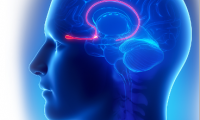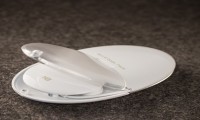-
Is Parkinson’s disease, ‘world’s fastest growing brain disease,’ mostly preventable?
- Source: drugdu
- 152
- March 30, 2023
-
Prioritize, Optimize And Modernize
- Source: https://invivo.pharmaintelligence.informa.com/IV124946/The-PostCOVID-Mantra-For-Medtechs-Prioritize-Optimize-And-Modernize
- 818
- April 6, 2022
-
New NHS Medtech Funding Mandate welcomed by BIVDA
- Source: drugdu
- 250
- January 30, 2021
-
How are Vaccines Stored?
- Source: drugdu
- 495
- December 6, 2020
-
Gaps remain in immunization logistics and real-time tracking of vaccine storage and demand
- Source: drugdu
- 238
- November 24, 2020
-
Gaps remain in immunization logistics and real-time tracking of vaccine storage and demand
- Source: drugdu
- 324
- November 22, 2020
-
Proof-of-concept system uses smart speakers to catch signs of cardiac arrest
- Source: drugdu
- 907
- July 8, 2019
-
Helsinki’s brand new children’s hospital is a case study in patient-centric design
- Source: https://www.mobihealthnews.com/content/helsinkis-brand-new-childrens-hospital-case-study-patient-centric-design
- 615
- January 14, 2019
-
Vision test via voice recognition
- Source: drugdu
- 383
- September 11, 2018
-
4 Wearable ECGs EKGs Monitor and Their Features
- Source: Ddu
- 1,696
- September 5, 2018
your submission has already been received.
OK
Subscribe
Please enter a valid Email address!
Submit
The most relevant industry news & insight will be sent to you every two weeks.











